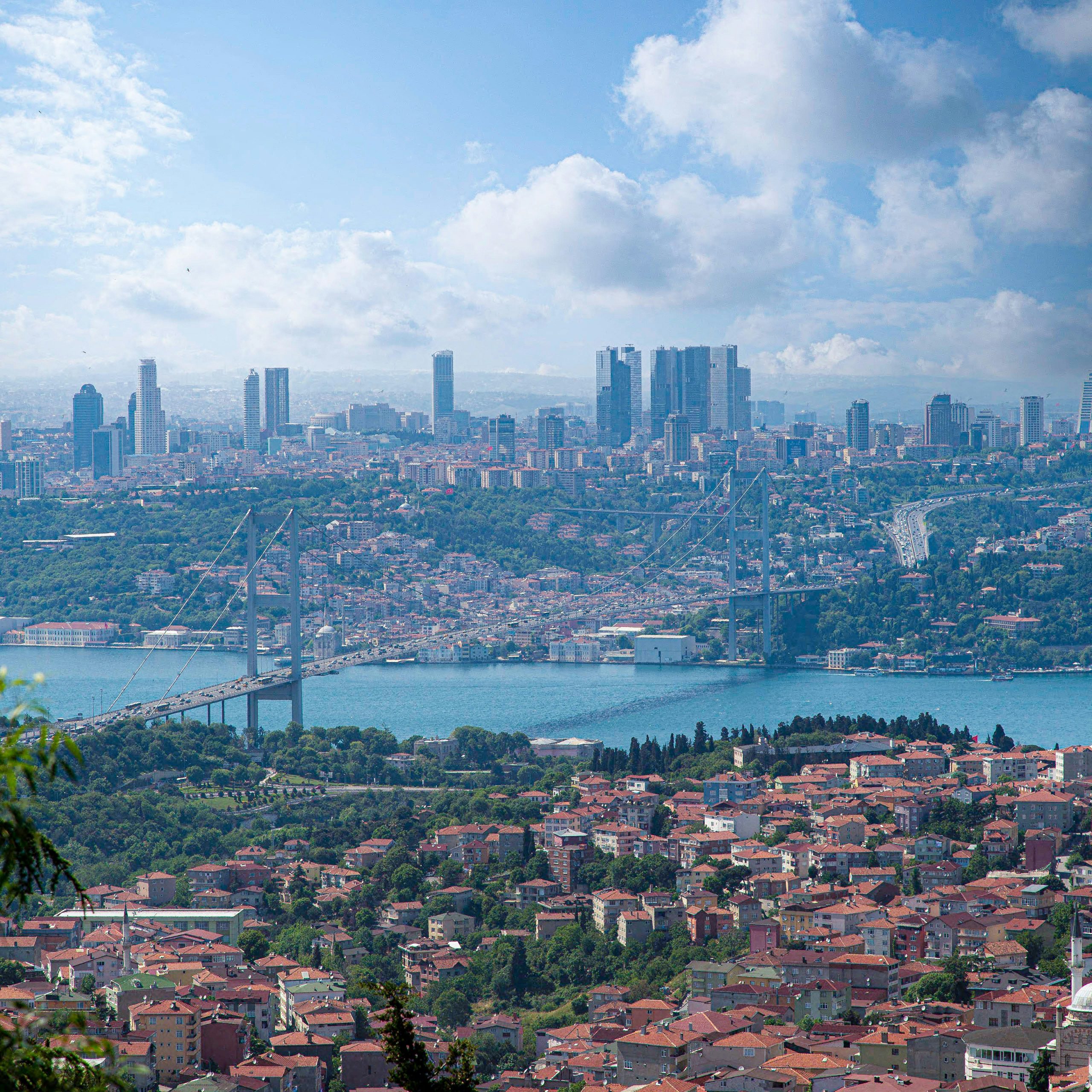The Bosphorus: A Historical Journey
Bosphorus historical sites offer a captivating journey through time, showcasing Istanbul’s rich heritage and strategic importance. This iconic strait, also known as the Istanbul Strait, connects the Black Sea to the Sea of Marmara and has witnessed centuries of empires, culture, and architectural splendor.
The Maiden’s Tower: A Symbol of Istanbul
One of the most recognizable landmarks along the Bosphorus is the Maiden’s Tower, also known as Kız Kulesi. This historic tower has a rich history dating back to ancient times. Originally built as a defensive structure, it has served various purposes throughout the centuries, including a lighthouse, a quarantine station, and even a customs checkpoint.
Legend has it that a Byzantine emperor built the tower to protect his daughter from a prophecy that she would be killed by a snake. However, the prophecy came true when a snake hiding in a basket of fruit bit her. Today, the Maiden’s Tower stands as a symbol of Istanbul, offering breathtaking views of the city and hosting a popular restaurant.
Topkapi Palace: The Residence of Sultans
Located on the historic peninsula of Istanbul, Topkapi Palace is another must-visit historical location along the Bosphorus. This magnificent palace served as the residence of the Ottoman sultans for nearly four centuries. It was not only a royal residence but also the administrative and educational center of the empire.
Visitors to Topkapi Palace can explore its stunning courtyards, gardens, and opulent chambers, including the Harem, where the sultan’s wives and concubines resided. The palace also houses a vast collection of artifacts, including precious jewels, manuscripts, and Islamic relics. It offers a glimpse into the grandeur and opulence of the Ottoman Empire.
Rumeli Fortress: A Fortress of Strategic Importance
Standing proudly on the European side of the Bosphorus, Rumeli Fortress is a testament to the military prowess of the Ottoman Empire. Built by Sultan Mehmed the Conqueror in the 15th century, this fortress played a crucial role in the conquest of Constantinople.
The strategic location of Rumeli Fortress allowed the Ottomans to control the Bosphorus and prevent any reinforcements from reaching the city during the siege of Constantinople. Today, visitors can explore the fortress, walk along its walls, and enjoy panoramic views of the Bosphorus.
Dolmabahce Palace: A Blend of European and Ottoman Architecture
Dolmabahce Palace, located on the European shore of the Bosphorus, is a stunning example of the fusion of European and Ottoman architectural styles. Built in the 19th century, it served as the administrative center of the Ottoman Empire during the final years of its existence.
The palace’s opulent interiors, adorned with crystal chandeliers, gold leaf decorations, and intricate frescoes, reflect the grandeur of the era. It also boasts the world’s largest collection of Bohemian and Baccarat crystal chandeliers. The palace’s expansive gardens and waterfront location make it a popular spot for locals and tourists alike.
The Bosphorus: A Living History
The Bosphorus is not just a waterway; it is a living testament to the history and cultural heritage of Istanbul. Along its shores, you can find numerous other historical sites, such as the Dolmabahce Clock Tower, the Ortakoy Mosque, and the Beylerbeyi Palace.
Whether you take a leisurely cruise along the Bosphorus or explore its shores on foot, you will be immersed in the rich history and architectural wonders of this iconic waterway. The Bosphorus is a true treasure trove of historical locations, each with its own unique story to tell.
So, if you find yourself in Istanbul, make sure to dedicate some time to explore the important historical locations along the Bosphorus. From the Maiden’s Tower to Topkapi Palace, each place will transport you back in time and provide a deeper understanding of the city’s fascinating past.



0 Comment